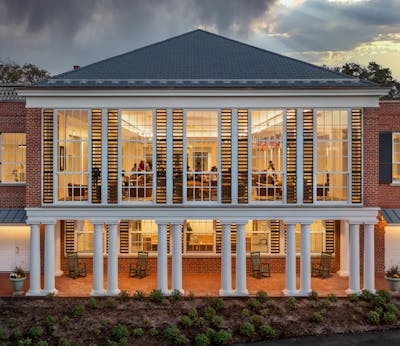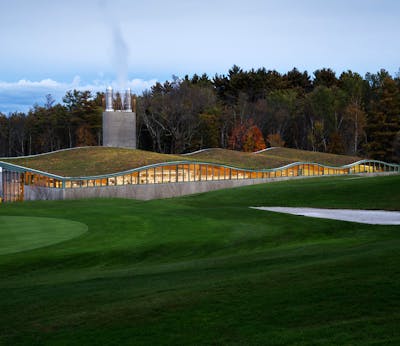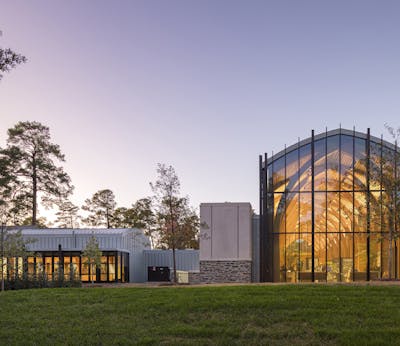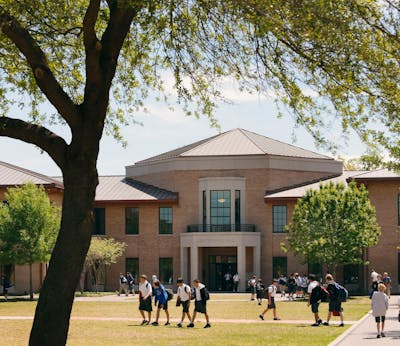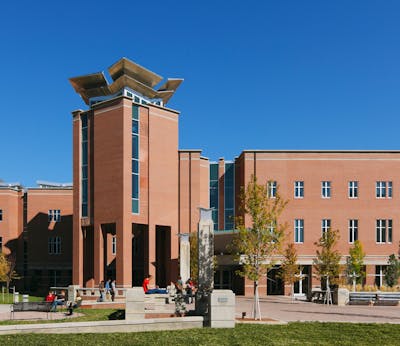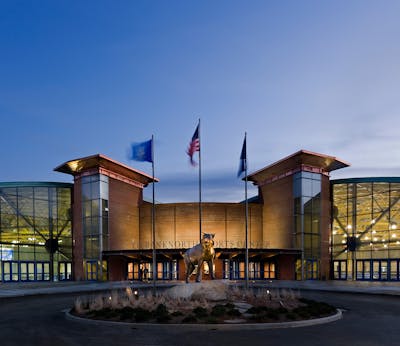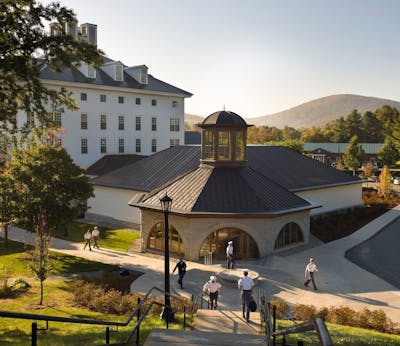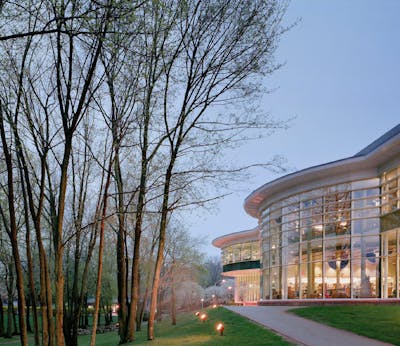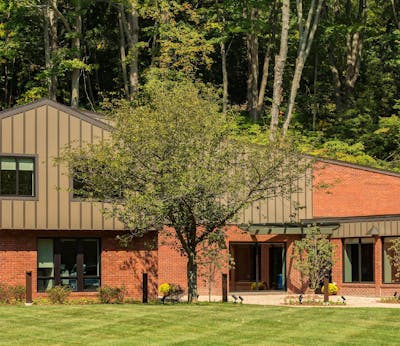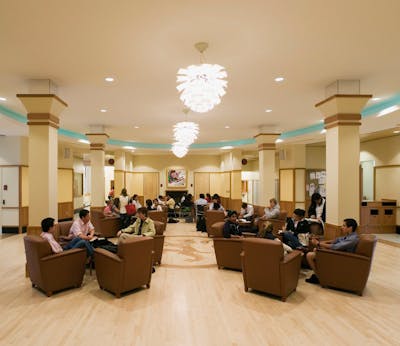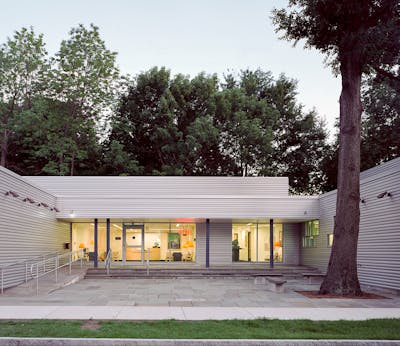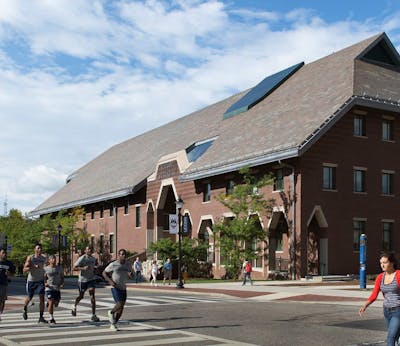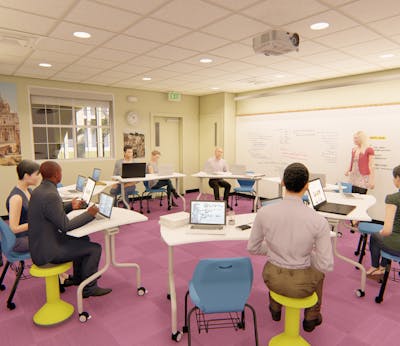Academic
Academic
We are expert in a diverse range of architectural styles from our work with independent schools and institutions of higher education. And because technology-fueled pedagogies change rapidly, we’ve found ways to incorporate the latest while accommodating the future unknown.
academic: Projects
Academic: Topic
The Spaces in Between
As with scientific research, academic learning extends beyond classroom walls, and ‘the spaces in between’ can be just as important as the classrooms. The fertile connective tissue we try to place between classrooms is made up of social spaces, collaborative work spaces, libraries, and contemplative study nooks.
Breakout spaces along corridors allow students to study and collaborate between classes. They’re also good places for group study and project-based learning.
Uninterrupted hallways can be leveraged for scientific experiments that need more linear space than is typically available in a classroom, such as for acceleration, inertia, or friction study.
Academic: Topic
Flexibility, the Academic Building Holy Grail
Education is ever-changing. At independent schools and colleges pedagogical strategies are under pressure to remain current. Project based learning, mastery learning, and entrepreneurial studies, to name a few, are new developments that have very different spatial needs.
There are more electives and independent study offerings now, many of which require something different from a standard classroom. It can be challenging for registrars to match the supply of classrooms to the evolving needs of teachers and new courses. That’s where variety comes in. We’ve found that a reasonable variety of classroom sizes and types provides much-needed flexibility. For instance, a very small classroom may be ‘right-sized’ only for a tiny class in advanced Mandarin, but the same room may be ideal for tutoring or co-working.
Academic: Topic
Repurpose and Reinvigorate
Most campuses have buildings that have gone beyond their usefulness but are still valuable. Replacing them with new structures may be costly, and they may be part of what makes the institution unique. Adaptive reuse is a sustainable option that can fulfill needs at low cost without compromising connection to the past. An old gymnasium can become a beautiful theater, and a cluttered library can become a vibrant place of global collaboration.
Academic: Topic
Places for Collaboration
Educators today want flexible spaces that support interdisciplinary, project-based collaboration. Students are looking for places where they can study, create, discuss, debate, build, and analyze – almost always in groups. Buildings where these things happen usually combine elements from disciplines that heretofore were isolated from one another. Maker spaces can be located near computer labs with a lecture room conveniently nearby. Binding all this excitement together are corridors with places where students can nest, meet, and share ideas.
Academic: Topic
Nothing Like On-Campus Housing
Colleges and universities recognize there is a loss in vibrancy if significant numbers of students live off campus. To attract them back, institutions want housing that is hospitable, welcoming, and amenity-filled. It is important to mix wellness into the residential experience by providing plenty of natural light, a warm fireplace, and places for exercise, as well as study. Lounges for socializing and outdoor courtyards for trapping sunlight are great student attractors.

